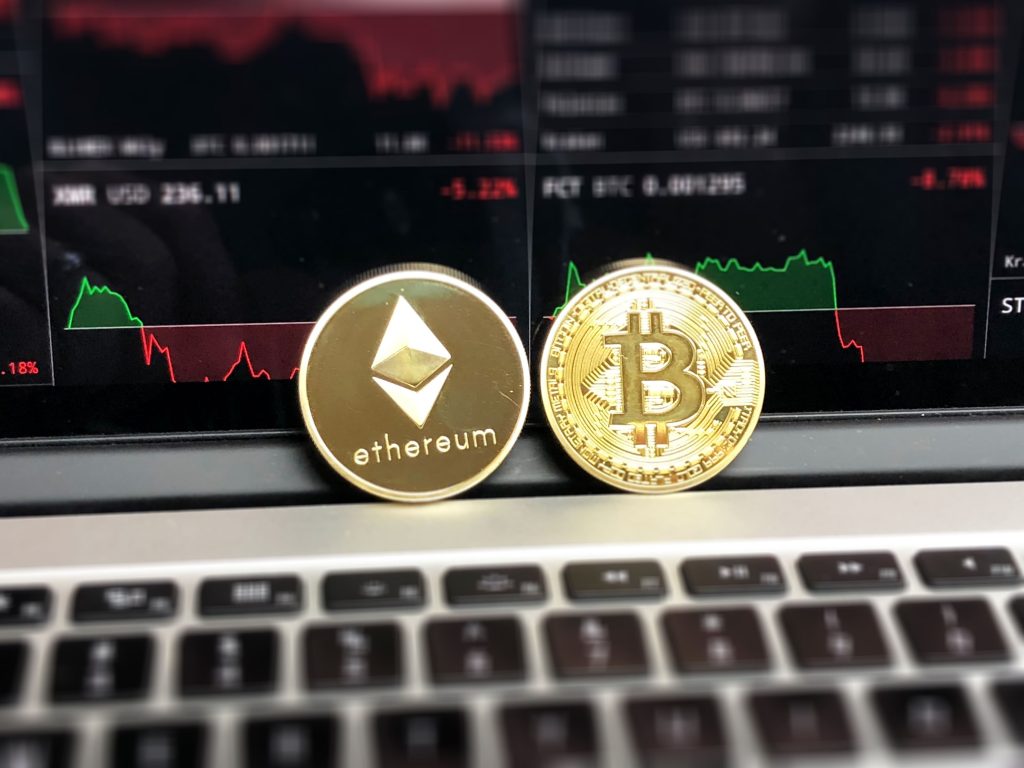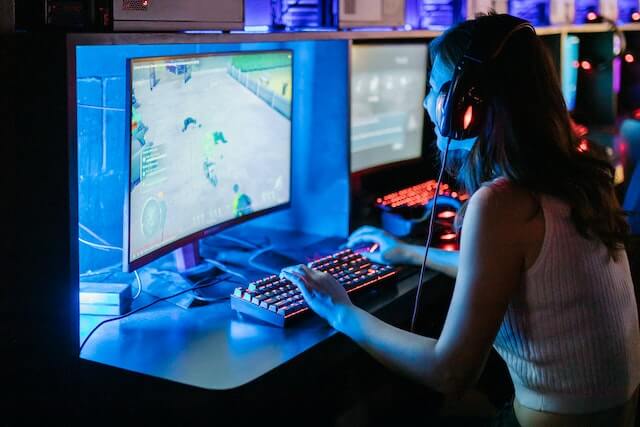
Web3 and Blockchain in Gaming: Revolutionizing the Industry
The gaming industry has always been at the forefront of technological advancements, constantly pushing boundaries and seeking innovative ways to enhance the gaming experience. In recent years, the emergence of Web3 and blockchain technology has brought about a new wave of revolution in the gaming industry. By leveraging the power of decentralized networks and digital currencies, Web3 and blockchain are transforming the way games are developed, played, and monetized. This article explores the impact of Web3 and blockchain in gaming, highlighting their potential to revolutionize the industry.
Introduction to Web3 and Blockchain
Web3, also known as the decentralized web, represents a paradigm shift from the traditional centralized web infrastructure. It leverages blockchain technology, a distributed ledger system that ensures transparency, security, and immutability of data. Unlike Web 2.0, where data and control are primarily in the hands of centralized entities, Web3 fosters a peer-to-peer network where users have greater control over their digital identities, data, and interactions.
Blockchain, the underlying technology powering Web3, is a decentralized and tamper-proof ledger that records transactions across multiple computers, ensuring trust and eliminating the need for intermediaries. It enables the creation of smart contracts, programmable agreements that automatically execute predefined actions when certain conditions are met. These smart contracts form the foundation for innovative applications in various industries, including gaming.
Web3 Development Company: Unlocking the Potential
To harness the full potential of Web3 and blockchain in gaming, companies specializing in Web3 development have emerged. These development firms possess the expertise and technical know-how to build decentralized applications (dApps) and gaming platforms that leverage blockchain technology. By collaborating with a Web3 development company, game developers can unlock the benefits of decentralization, immutability, and transparency offered by blockchain, creating a more engaging and secure gaming experience for players.
Web3 Game Development: Transforming Gameplay
Web3 game development is revolutionizing gameplay by introducing new concepts and mechanics made possible through blockchain technology. One such concept is play-to-earn, where players can earn digital assets or cryptocurrencies by participating in games. This innovative approach to gaming flips the traditional model on its head, allowing players to monetize their skills and time invested in games. Additionally, Web3 game development promotes true ownership of in-game assets, enabling players to trade, sell, and use their virtual items across multiple games and platforms.
Enhanced Security and Ownership with Blockchain
Blockchain technology provides enhanced security and ownership of in-game assets. By leveraging the decentralized nature of blockchain, game developers can ensure that players’ digital assets are stored securely and cannot be tampered with. The use of cryptographic algorithms and decentralized storage ensures the integrity and authenticity of in-game items, reducing the risk of hacks, fraud, and unauthorized modifications.
Tokenization and In-Game Economies
Tokenization is a key aspect of Web3 and blockchain in gaming. Game developers can create their own native tokens or leverage existing cryptocurrencies to facilitate in-game transactions, creating robust in-game economies. These digital currencies enable seamless and secure transactions between players, allowing the exchange of virtual goods, services, and experiences within the gaming ecosystem. Tokenization also opens up new possibilities for fundraising and investment in gaming projects, enabling developers to raise funds through initial coin offerings (ICOs) or non-fungible token (NFT) sales.
NFTs: Digital Assets in Gaming
Non-fungible tokens (NFTs) have gained significant attention in recent years, especially in the realm of digital art and collectibles. In gaming, NFTs serve as unique digital assets that can be owned, traded, and utilized by players. These assets can range from in-game items, character skins, and virtual real estate to rare collectibles and achievements. NFTs enable players to truly own and control their digital possessions, granting them scarcity, value, and interoperability across various gaming platforms.
Play-to-Earn: Empowering Gamers
Play-to-earn has emerged as a groundbreaking concept in the gaming industry, empowering players to earn income by participating in games. Through blockchain technology, players can receive rewards in the form of digital assets or cryptocurrencies for their achievements, time, and contributions to the gaming ecosystem. This new paradigm not only allows players to monetize their gaming skills but also provides opportunities for individuals in regions with limited economic prospects.
Interoperability and Cross-Platform Gaming
Web3 and blockchain facilitate interoperability and cross-platform gaming. By leveraging decentralized networks, players can seamlessly transfer their in-game assets and progress between different games and platforms. This interoperability breaks down the barriers imposed by closed ecosystems and proprietary standards, enabling a more fluid gaming experience and fostering collaboration among developers and players.
Community Governance and Decentralized Decision-Making
Blockchain-based gaming platforms enable community governance and decentralized decision-making processes. By leveraging decentralized autonomous organizations (DAOs) and consensus mechanisms, players can actively participate in shaping the future of games and platforms. This inclusive approach ensures that decisions regarding game updates, rules, and governance are made collectively, giving players a sense of ownership and control over the gaming experience.
Overcoming Challenges and Adoption Barriers

While the potential of Web3 and blockchain in gaming is immense, several challenges and adoption barriers exist. Scalability, high transaction fees, and user experience limitations are some of the obstacles that need to be addressed for widespread adoption. However, as the technology evolves and scalability solutions like layer 2 protocols and sidechains mature, these challenges are gradually being overcome, paving the way for a more seamless integration of Web3 and blockchain in gaming.
The Future of Web3 and Blockchain in Gaming
The future of Web3 and blockchain in gaming looks promising. As the technology continues to mature, we can expect to see more innovative use cases and applications that redefine the gaming experience. From virtual reality (VR) gaming experiences powered by blockchain to decentralized virtual worlds with user-generated content, the possibilities are vast. Web3 and blockchain are poised to revolutionize the gaming industry, empowering players, developers, and communities like never before.
Conclusion
Web3 and blockchain are ushering in a new era for the gaming industry. Through decentralized networks, smart contracts, and digital currencies, they are transforming the way games are developed, played, and monetized. With enhanced security, true ownership of in-game assets, play-to-earn opportunities, and community governance, Web3 and blockchain are unlocking new frontiers and empowering players. As the industry continues to embrace these technologies, we can look forward to a more immersive, inclusive, and rewarding gaming experience.




